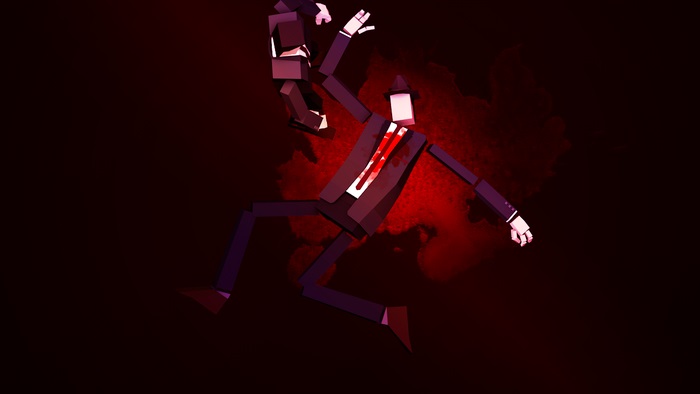Last Life is a stylistic point and click adventure that raised $103,058 on Kickstarter in 2014. Developed by Sam Farmer, this would have been the first game published by Double Fine. The company was already familiar with creating and running a Kickstarter campaign. But after nearly four years, Farmer officially confirmed Double Fine dropped the game and that development is on hiatus.
This isn’t exactly a classic case of a Kickstarter disaster though. In fact, it’s quite the opposite.
Unforeseeable, that’s What You Are
Making a game is hard, and really expensive. Problems are bound to arise, and many of them even the most experienced and savvy developers can’t predict. Funding a game on Kickstarter adds a million variables to the development process. That leads to even more unforeseen projects down the line.
In the grand scheme of things, $103,508 isn’t a lot of money for a 3D video game, like Last Life. In fact, Farmer had even less than that after Kickstarter’s fees, taxes, and fulfilling backer rewards. While he had Double Fine on as a publisher, this was a time when Tim Schafer’s company was struggling financially.
As revealed in Double Fine Adventure, the company burned through their own Kickstarter money for what would become Broken Age. They had to resort to several schemes to make extra cash. This included splitting Broken Age in two, reselling many of their old games on new platforms, and selling access to their once private Amnesia Fortnight event. Perhaps even becoming a publisher, now that Broken Age was fully out the door, was another such solution. Either way, they couldn’t have been in much of a position to help.
Experienced in Inexperience
Its ironic Kickstarter doesn’t allow campaigns featuring gambling, because that’s exactly what crowdfunding is – a gamble. Backers should be aware that they aren’t pre-ordering anything, they’re helping to fund its creation. There’s no guarantee what you’re putting money towards will ever get off the ground, much less that you’ll get a copy.
By now, enough people have been burned by awful campaigns that most in the gaming community are probably aware of that. But it shouldn’t be up to backers to inform themselves, not totally anyway.
Too many crowdfunding campaigns, whether it on Kickstarter, Indiegogo, Fig, or wherever treat Kickstarter like a sure thing. It’s not necessarily down to malice on the part of developers, sometimes they genuinely can’t imagine they’d fail to create a game if they have the money to do so. That’s their inexperience showing.
In Sam Farmer’s case, he too was inexperienced. Going into Last Life, he had a handful of mobile titles under his belt and that was it. He hasn’t created anything on the same level of what he was trying to get crowdfunded. Inexperience shouldn’t preclude anyone from trying, but it’s something that needs to be more clearly communicated. On the Kickstarter page, there’s a lone paragraph talking about some of Farmer’s previous work (again, all mobile games) and a list of people he’s worked with before.
Kickstarter’s Inherent Problem
That all points to the fundamental problem with Kickstarter, and it’s not even Kickstarter’s fault. With the exception of older developers who want to revive a passion project, crowdfunding inherently attracts younger, less experienced developers who don’t have the clout to sign on with a publisher. Or, in the case of Last Life, can find a publisher, but one who can’t foot the bills without another source of income.
Farmer talks about spending half a year planning Last Life, but what does that really mean if his planning was off? How much of that planning was the financing, planning the timeline, and creating a safety net for those aforementioned unforeseen problems? And what exactly was Double Fine’s role? We have no idea other than that they were a publisher, but if you still needed a Kickstarter campaign, how much of the bill are they paying? How much is Double Fine paying? What happens if you run out of Kickstarter money?
These are all questions developers seeking crowdfunding are under no obligation to answer, and they never do. There might be the occasional budget breakdown in the form of a nice, clean pie chart, but beyond that, backers and potential backers have only a vague “Risks and Challenges” section to get solid information on the logistics of development.
Maybe it would behoove Kickstarter to require more of this kind of information from project creators. But it doesn’t matter if those creators don’t know those answers, or have even considered these questions.
At the end of the day, we have no idea what Sam Farmer’s business strategy was. We can’t definitively say he didn’t have one. But we can’t say he did either, and that is always the risk of Kickstarter.






